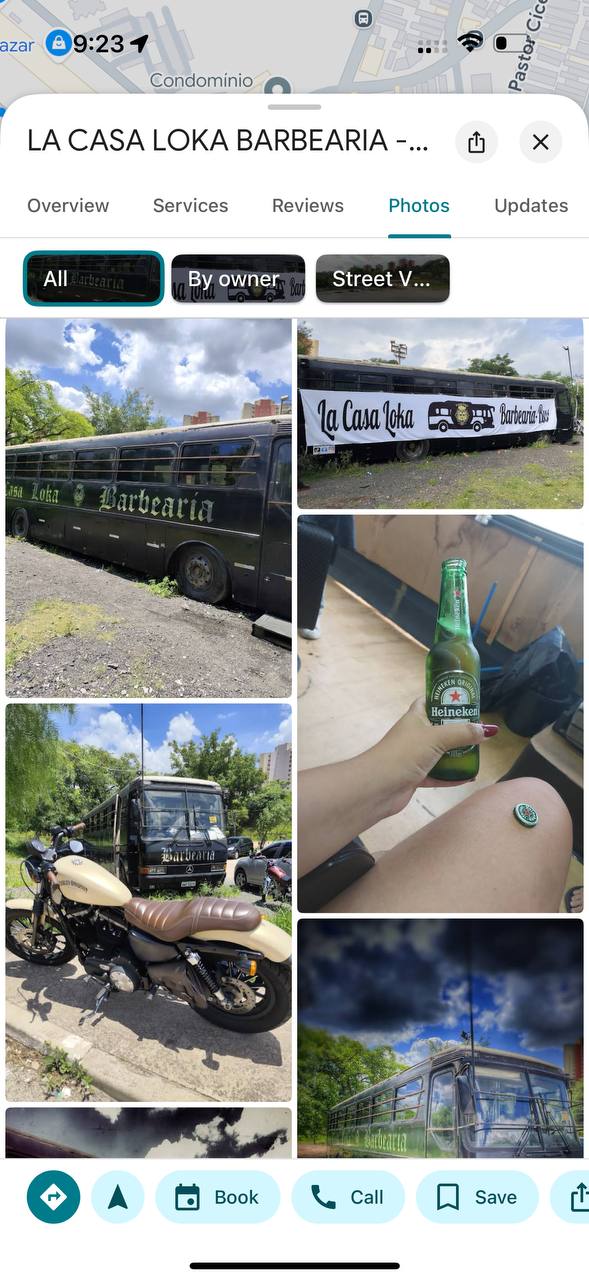ChatGPT Just Became a Shopping Platform
I tried it — and yes, you can now confidently shop directly from the chat interface. For now, it only works in the U.S. and only with Shopify and Etsy, but this future is rolling out fast.
How Buying Through ChatGPT Works
Ask something like “What’s a good gift for my grandma?” and you’ll instantly see a curated selection of products, a buy button, and a familiar Stripe checkout. Pay with your card, and wait for your delivery.
Who Handles Delivery and Support?
The seller takes care of shipping and customer service. ChatGPT just shows the products and handles the payment process. No more endless scrolling through store listings — the AI already did the research and picked the best options.
What Comes Next? Proactive AI Shopping
Here’s what might be coming:
Picked a movie for tonight? Want me to order a gluten-free pizza for the whole family?
I see you're out of matching socks — delivery in 10 minutes.
Your dog is barking? She probably wants turkey-flavored kibble. I’ve ordered a premium pack from a sponsored brand.
How was your Tinder date yesterday? I sent flowers — here’s a photo.
Are you ready to delegate your shopping to AI?

